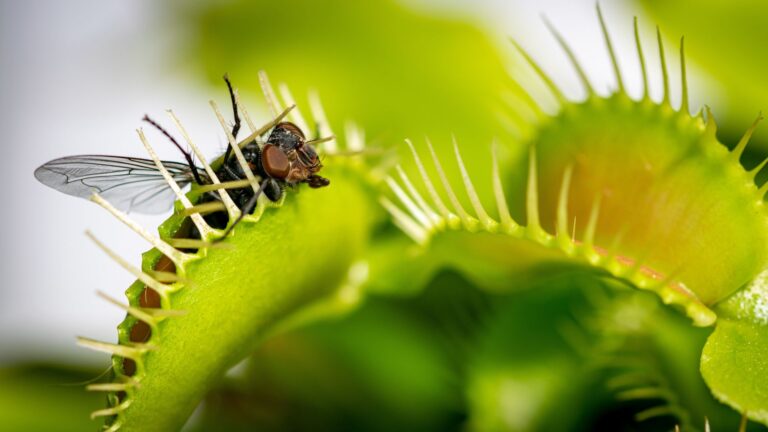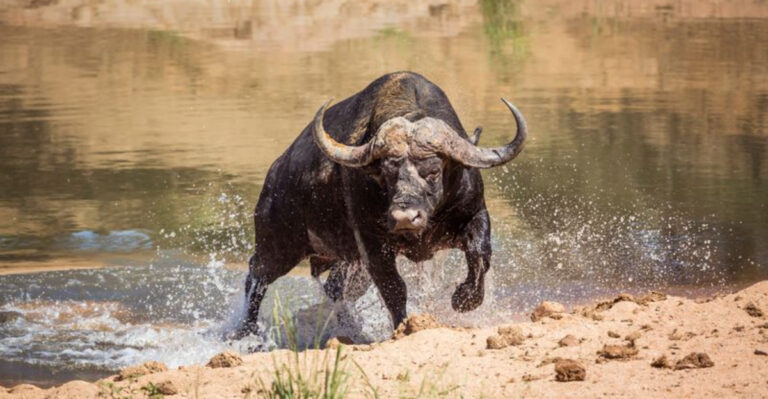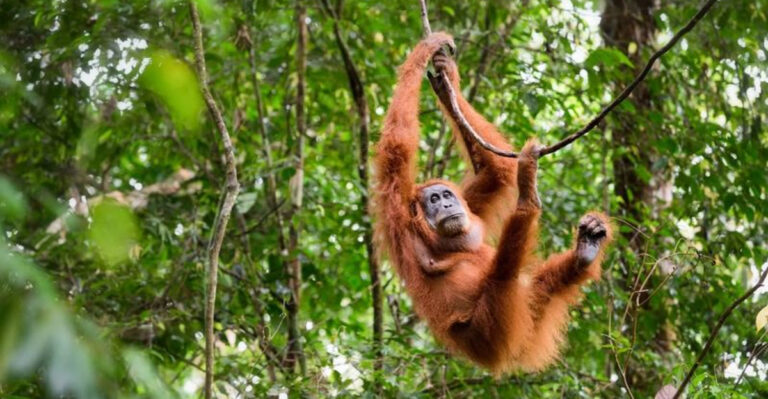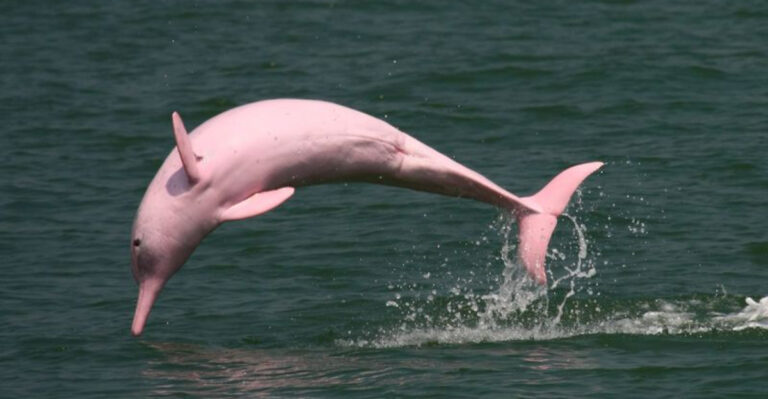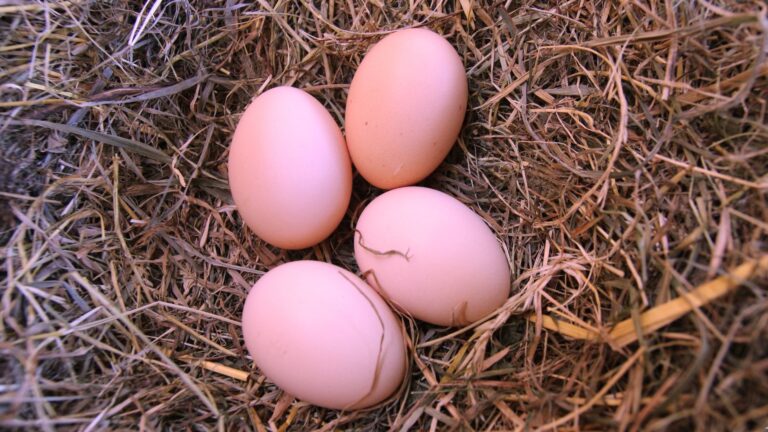20 Animal Kingdom Matriarchs Who Rule The Roost
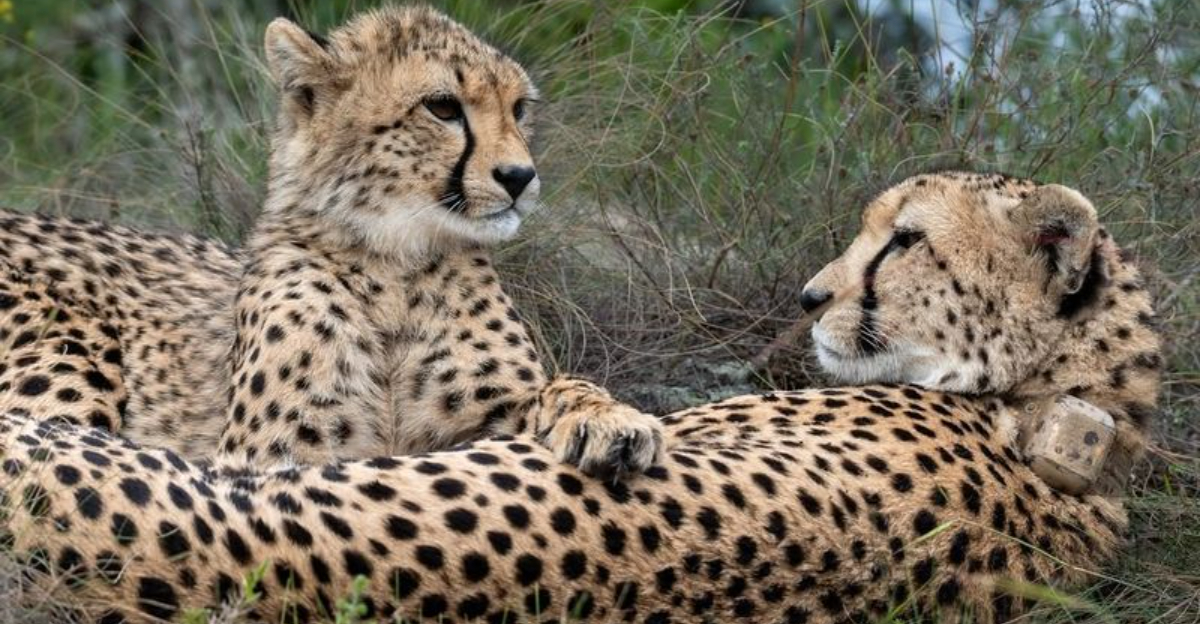
In the animal world, it’s often the females who take the lead. While we might expect males to be in charge, many species rely on strong female leaders to survive.
From mighty elephants to tiny ants, these animals have found success with females making the big decisions! Let’s explore some of the most amazing female-led animal groups, showing how they hunt, protect, and care for their families.
1. Spotted Hyena
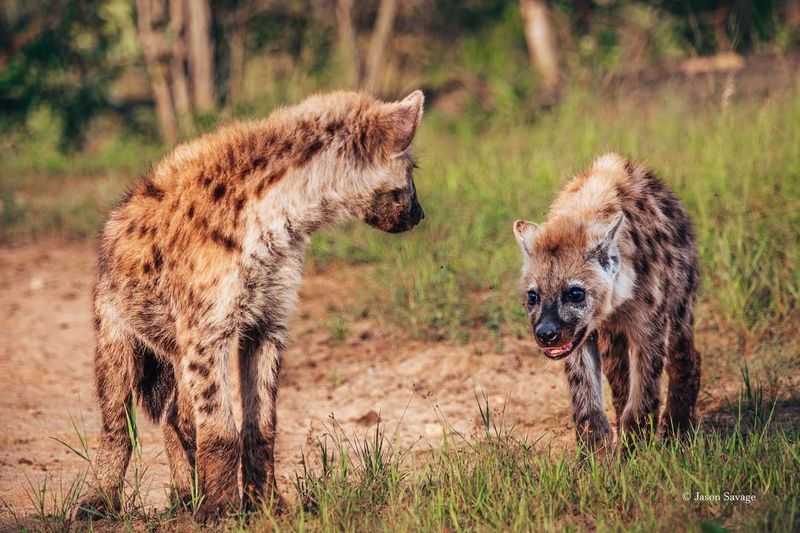
The spotted hyena is one of the few mammalian species with a matriarchal society, where females lead and dominate the clan. Female spotted hyenas are larger and more aggressive than their male counterparts. They possess higher levels of testosterone, which contributes to their dominance.
In a spotted hyena clan, the highest-ranking individuals are always female. This social structure allows females to control resources and reproduction within the group. The matriarchal system ensures cohesion and survival, with females guiding the pack in hunting and territorial defense.
2. Lion
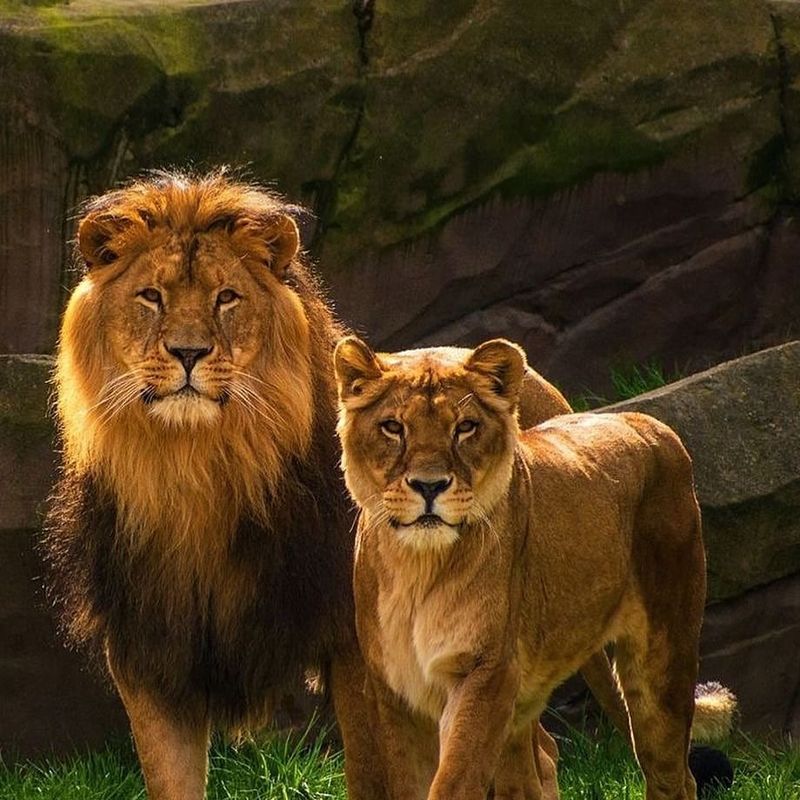
Lion prides are often led by strong lionesses, who are the primary hunters and nurturers. While males defend the pride from external threats, females undertake the critical role of hunting for food.
Lionesses work together in coordinated groups to take down prey, displaying teamwork and strategic planning.
This cooperation ensures the pride’s survival, with females teaching cubs the essential skills needed for adulthood. Their leadership is crucial, and their decisions influence the pride’s success in the wild.
3. Bonobo
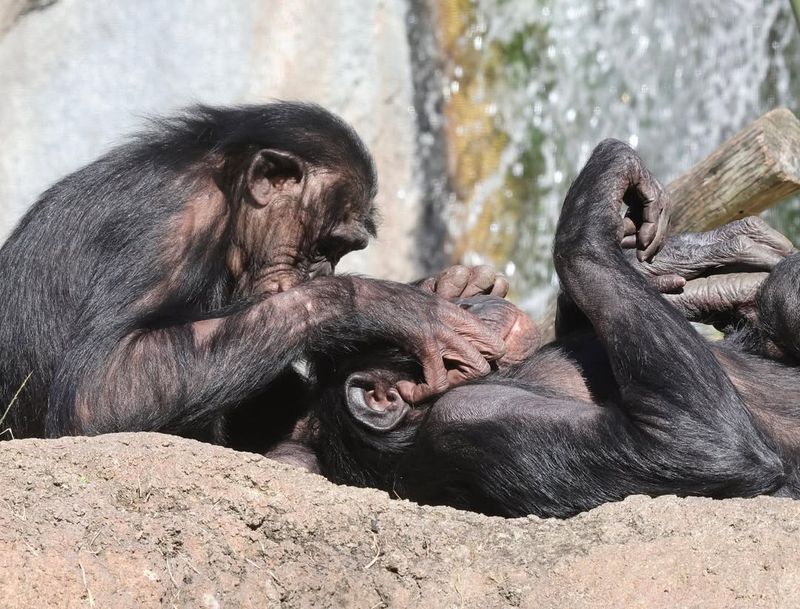
Bonobos are known for their matriarchal social structure, where female alliances shape group dynamics. Female bonobos form strong bonds through social activities and grooming, creating a peaceful society.
These relationships help maintain social harmony and reduce aggression within the group. Female leadership in bonobos is characterized by cooperation and empathy, promoting a balanced and inclusive environment.
4. Matriarchal Elephant
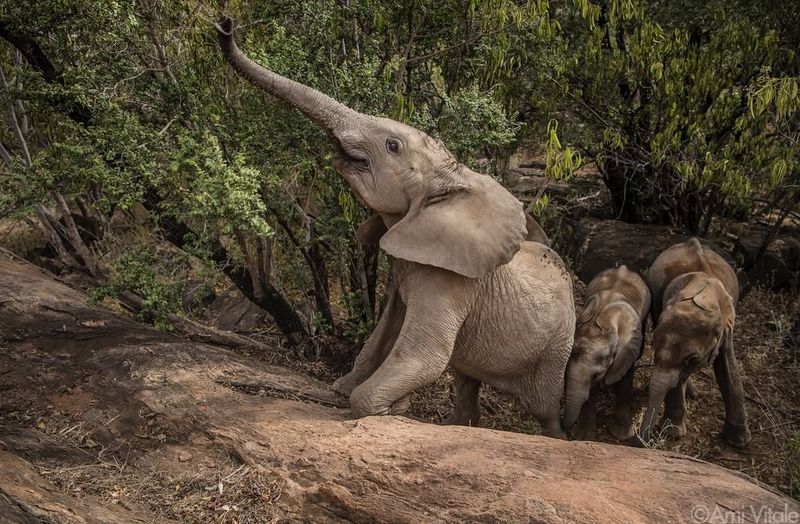
Elephant herds are typically led by the oldest and most experienced female, known as the matriarch. Her wisdom and knowledge of migration routes and water sources are invaluable to the group’s survival.
The matriarch makes critical decisions and guides the herd through challenging environments. Her leadership ensures the protection and well-being of the younger members.
5. Orca
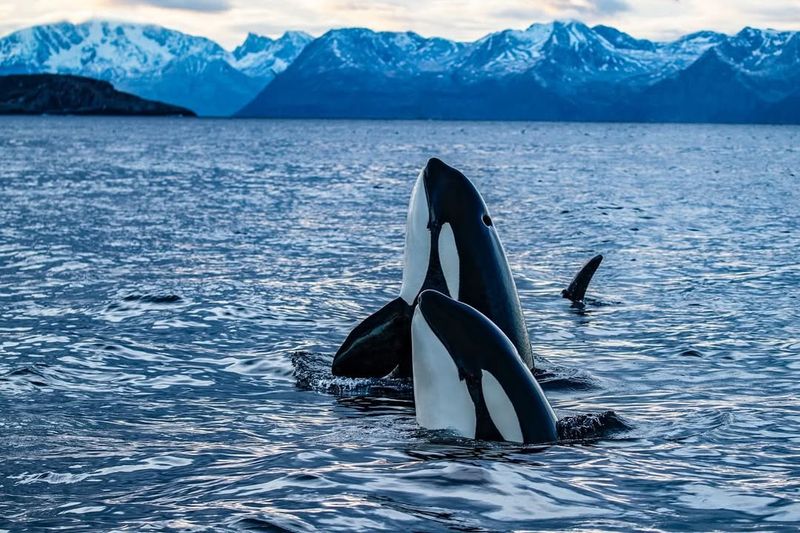
Orca societies, known as pods, are matrilineal, with leadership passed down through the maternal line. The matriarch, often the oldest female, plays a key role in decision-making and navigation.
She leads the pod in hunting and ensures the family’s cohesion. Female orcas are vital in teaching younger members survival skills and maintaining social bonds. Their leadership is crucial in navigating the vast oceans and finding food sources essential for survival.
6. Meerkat
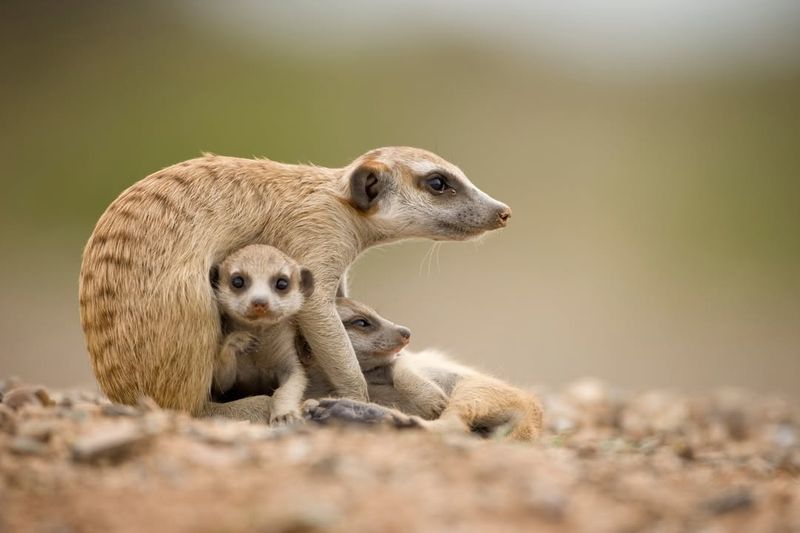
In meerkat societies, dominant females hold the top positions, controlling breeding and group movements. The dominant female is often the largest and most assertive member of the group.
She leads in foraging, territorial defense, and teaching younger meerkats essential survival skills. The social structure ensures stability and protection, with females playing a pivotal role in maintaining group harmony and success.
7. Leafcutter Ant
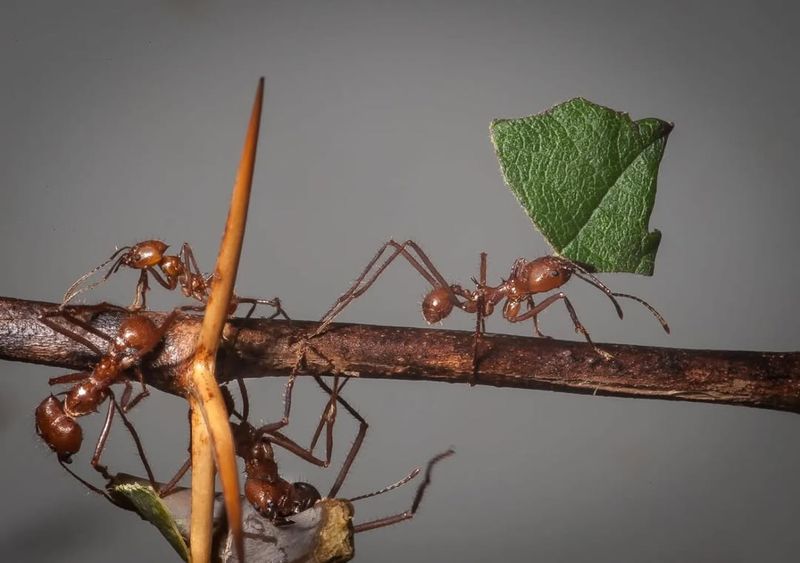
Leafcutter ants operate under a strict matriarchal system, with a single queen ant responsible for reproduction. The queen’s role is crucial, as she maintains the colony by laying thousands of eggs.
Worker ants, all female, follow the queen’s pheromones to perform tasks like foraging and nest maintenance. This matriarchy ensures efficient functioning and survival of the colony. The queen’s presence and productivity directly impact the colony’s prosperity.
8. Naked Mole Rat
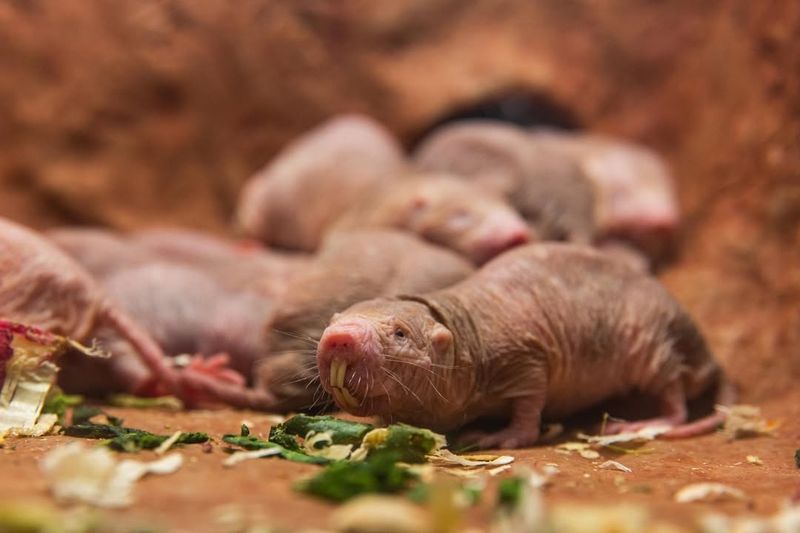
Naked mole rat colonies are dominated by a single breeding female, known as the queen. She is responsible for reproduction and exerts control over the colony’s activities.
The queen uses pheromones to suppress reproduction in other females, maintaining her status. Her leadership is vital for colony organization and stability. The matriarchal system of naked mole rats ensures a cooperative social structure focused on survival and efficiency.
9. Honeybee
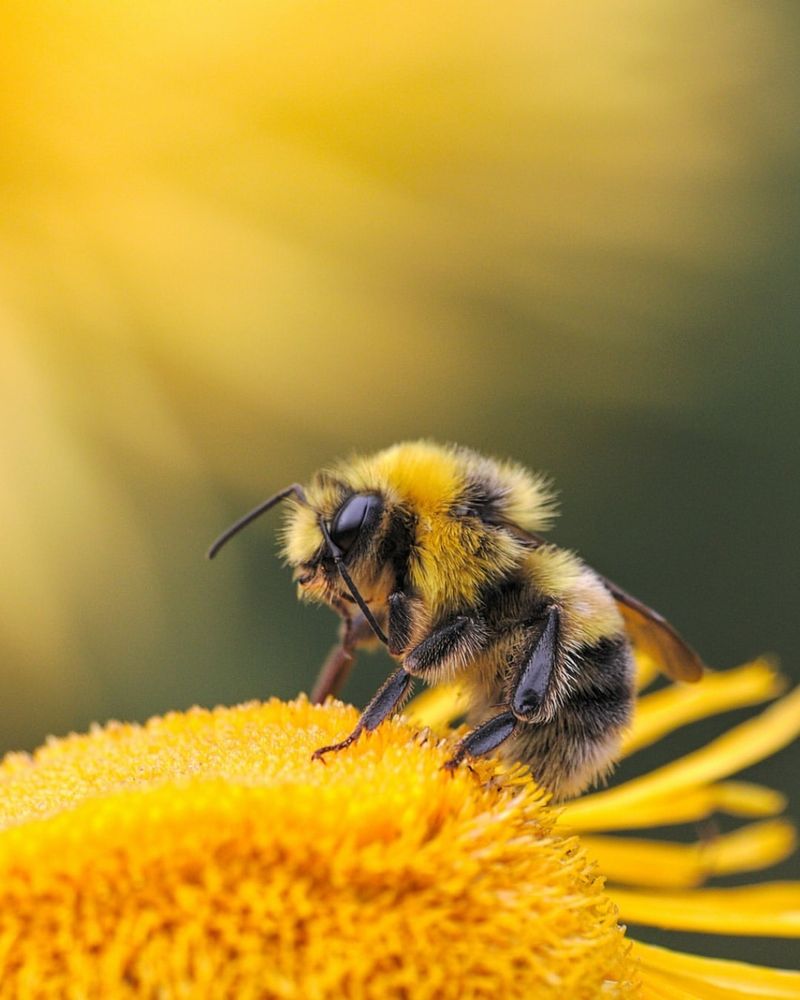
In honeybee societies, the queen bee is the sole reproductive female, central to the hive’s existence. Her primary role is egg-laying, influencing the hive’s size and productivity.
Worker bees, all female, support the queen by performing tasks like foraging, cleaning, and maintaining the hive. This matriarchal structure ensures the hive operates smoothly and efficiently. The queen’s health and performance directly affect the hive’s success and longevity.
10. Red Kangaroo
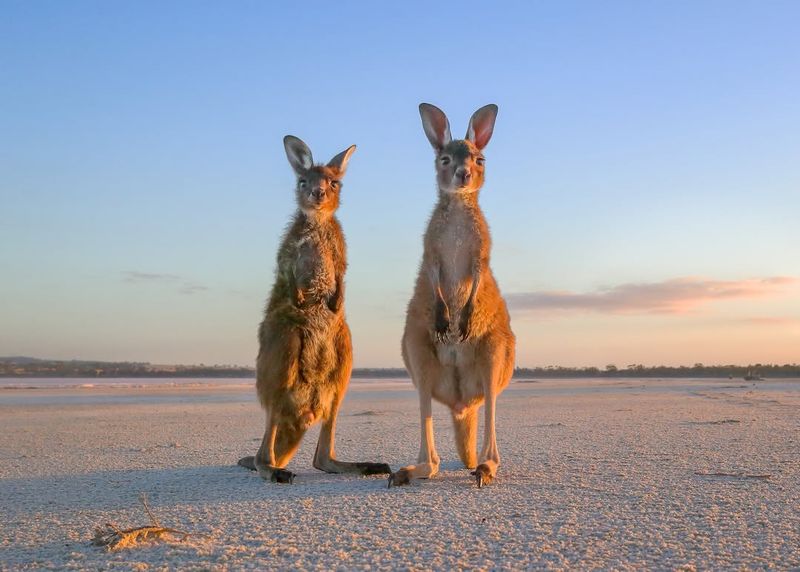
In red kangaroo societies, dominant females often lead smaller groups, influencing social interactions and movements. Female kangaroos play a crucial role in nurturing and protecting the young.
Their leadership involves teaching joeys survival skills and navigating the harsh outback environment. The matriarchal influence ensures the group’s cohesion and adaptation to changing conditions, highlighting the females’ essential role in survival.
11. Cheetah
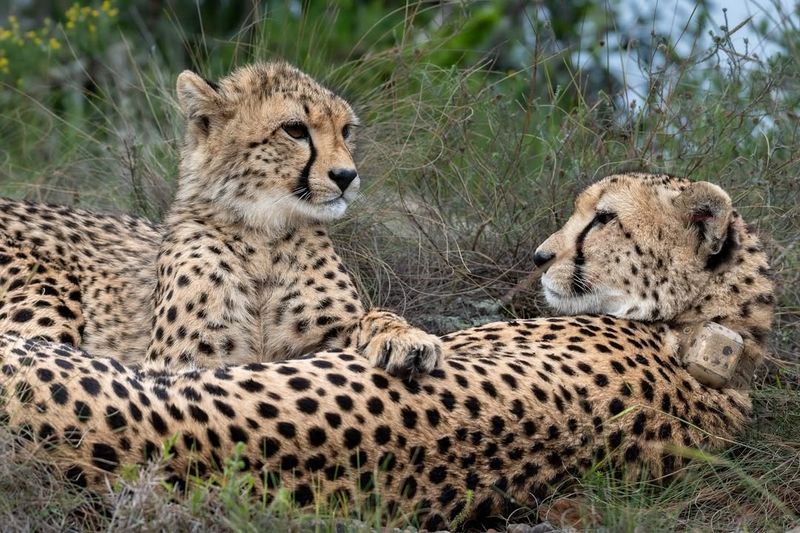
In cheetah groups, female cheetahs, known as mothers, lead by example, teaching their cubs essential hunting skills. Female cheetahs are solitary but play a crucial role in raising and protecting their young.
They make strategic decisions related to hunting and territory, crucial for the cubs’ survival. The matriarchal influence is evident in how female cheetahs manage the challenges of the wild, ensuring their cubs’ growth and development.
12. Wolves
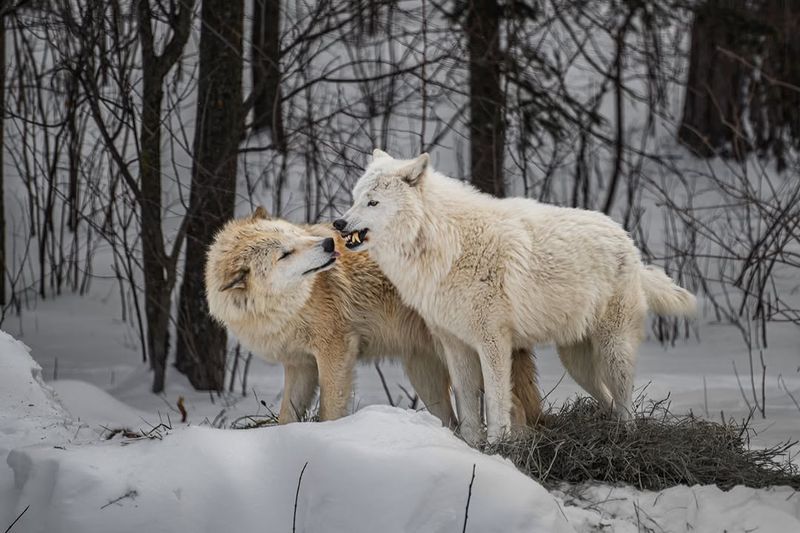
In wolf packs, leadership is often shared, but dominant females play key roles in decision-making and pack activities. Female wolves participate in hunting and nurturing the young.
Their leadership and cooperation are vital for pack cohesion and survival. Dominant females guide the pack in strategic hunts and territory defense, ensuring the group’s strength and unity.
13. Ring-tailed Lemur
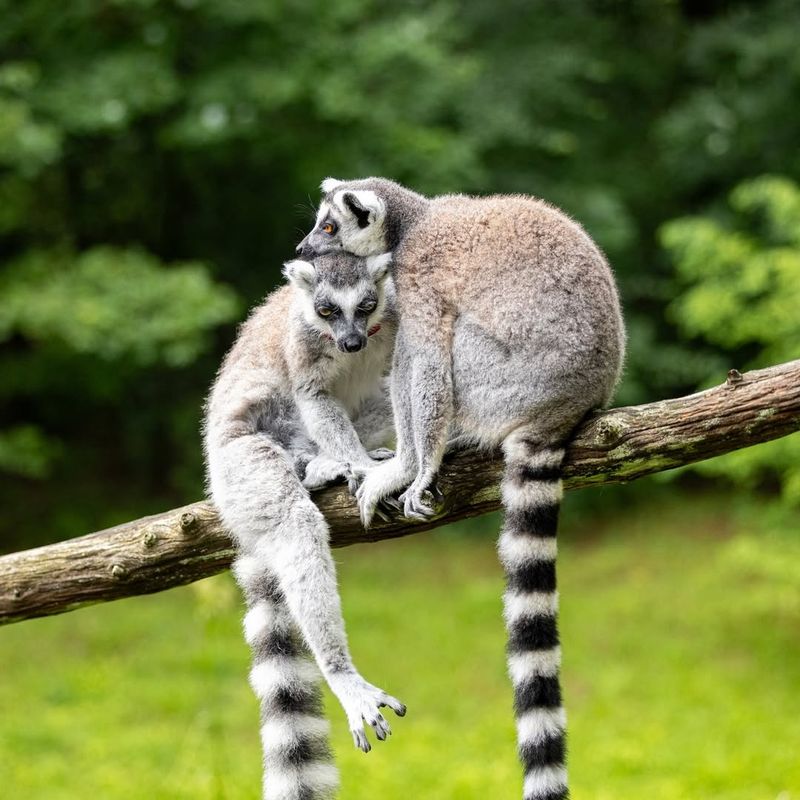
Ring-tailed lemur societies are matriarchal, with females leading social groups. The dominant female oversees group movements and resource access, maintaining social harmony.
Female lemurs initiate interactions and guide the group’s activities, ensuring cohesion and survival in the wild. Their leadership is fundamental to navigating the challenges of their environment.
14. Black Widow Spider
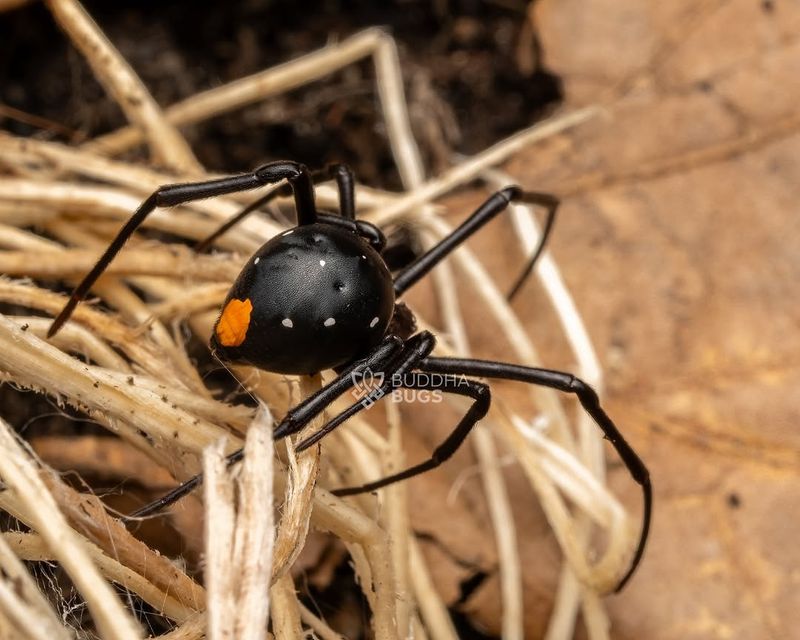
The black widow spider is known for its solitary existence, where females are larger and more dominant than males. Female black widows are infamous for occasionally consuming males after mating.
Their leadership involves web-building and hunting, ensuring their survival. The solitary and matriarchal nature of black widows highlights the females’ adaptation to their environment.
15. Anglerfish
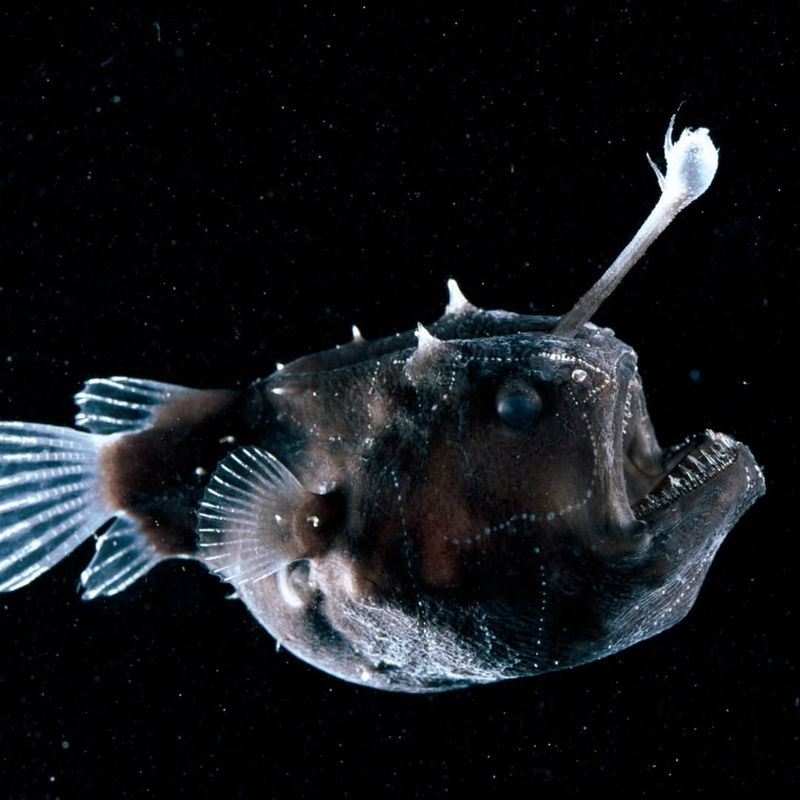
In the mysterious depths of the ocean, female anglerfish dominate due to their larger size and unique hunting adaptations. Females possess a bioluminescent lure that attracts prey in the dark.
They lead the pack in hunting which ensures survival in the harsh ocean environment. The matriarchal nature of anglerfish is evident in their role in reproduction, where tiny males attach to females, relying on them for sustenance.
16. Pangolin
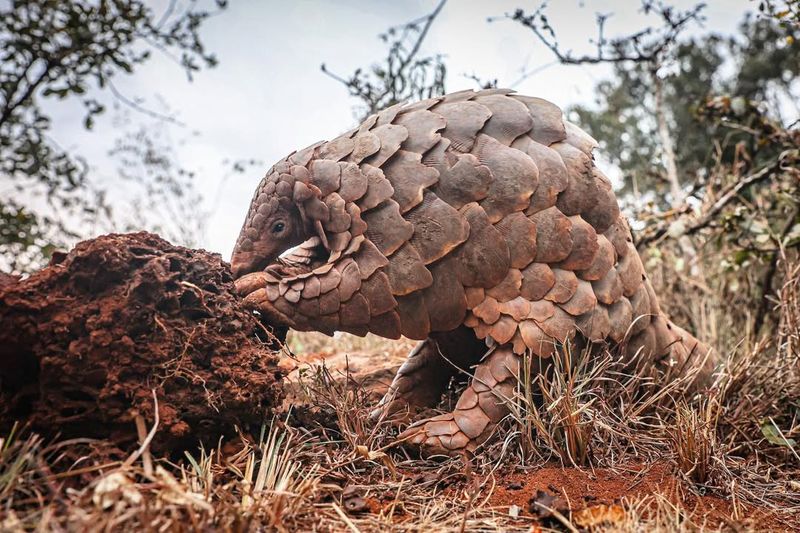
Pangolins, while typically solitary, show matriarchal traits in their nurturing roles. Female pangolins are responsible for raising their young, guiding them in foraging and self-defense.
Their protective nature ensures the young pangolins’ survival in the wild. The matriarchal influence is critical in teaching offspring essential survival skills, showcasing the females’ importance in species continuity.
17. Emperor Penguin
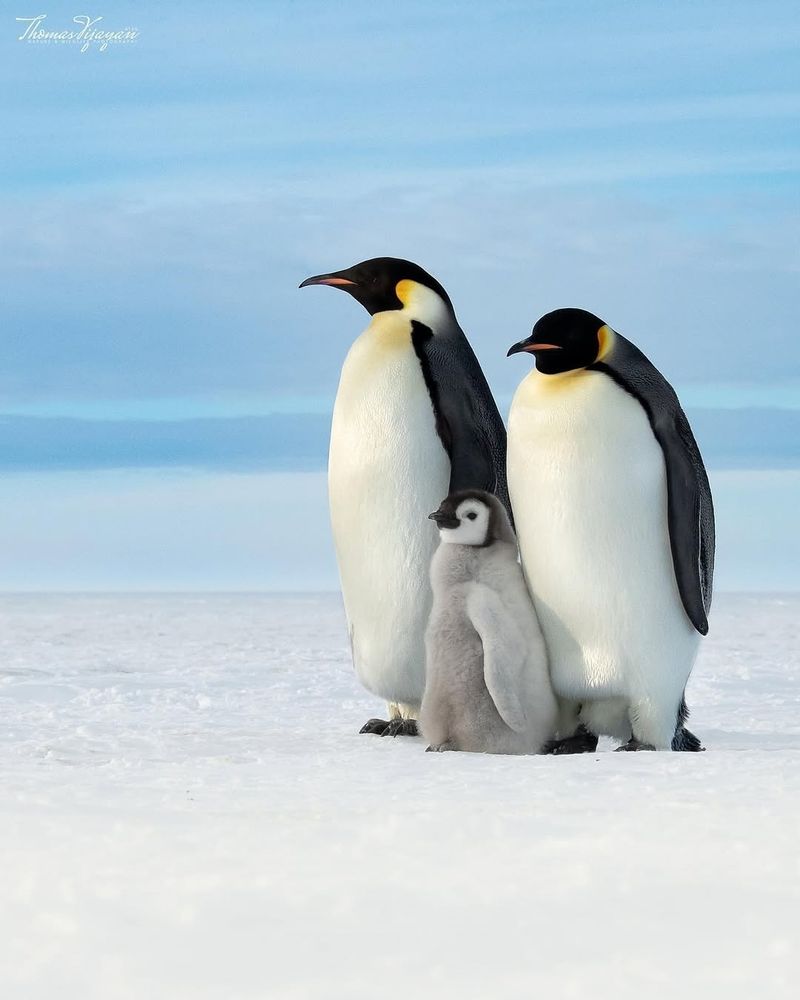
In emperor penguin colonies, female leadership is vital for chick-rearing. Females lay eggs and transfer them to males for incubation while they embark on long foraging trips.
Their return with food is crucial for the chick’s survival. The cooperative nature of emperor penguins highlights the females’ role in ensuring offspring success, demonstrating a unique form of shared leadership.
18. Cuttlefish
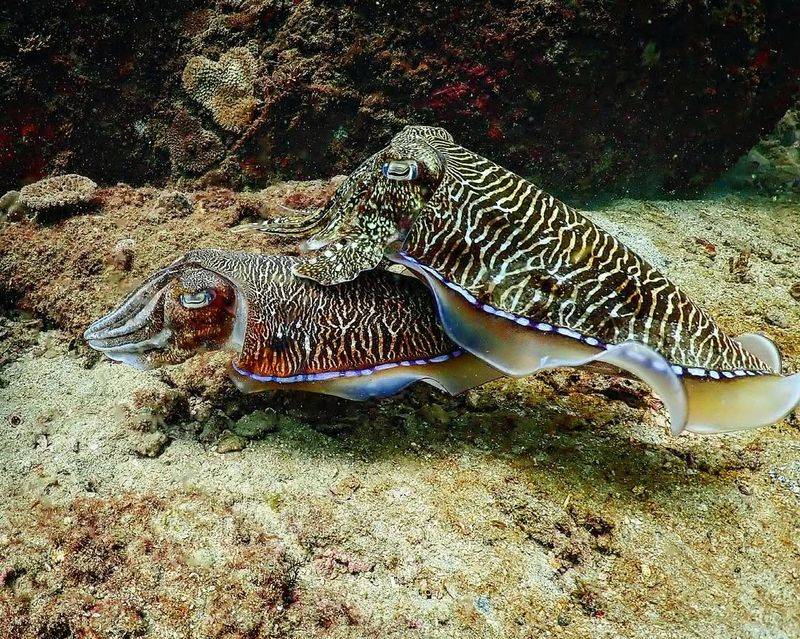
Female cuttlefish exhibit leadership through their adaptability and intelligence. In mating, females select partners based on displays and behavior, controlling reproductive success.
Their ability to camouflage and communicate through color changes highlights their dominance in the marine environment. The matriarchal influence of female cuttlefish ensures the continuation of their species.
19. Sloths
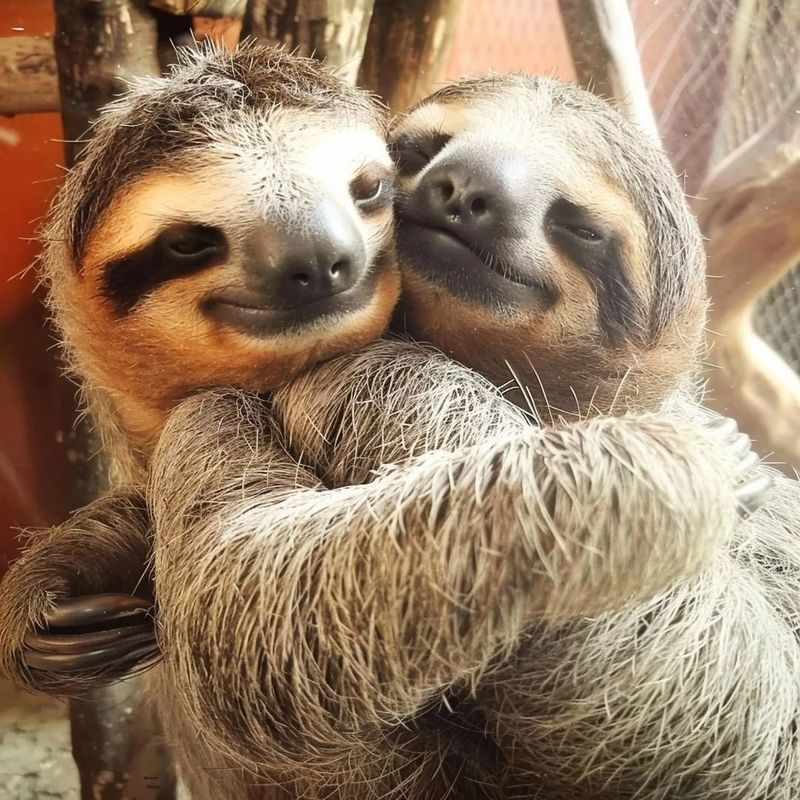
In sloth societies, females lead in nurturing and raising the young. Female sloths carry their babies until they are ready to be independent, ensuring their safety and development.
Their slow and deliberate movements are a testament to their careful parenting. The matriarchal influence in sloths is evident in their role in guiding the next generation, showcasing their essential contribution to species survival.
20. Seahorses
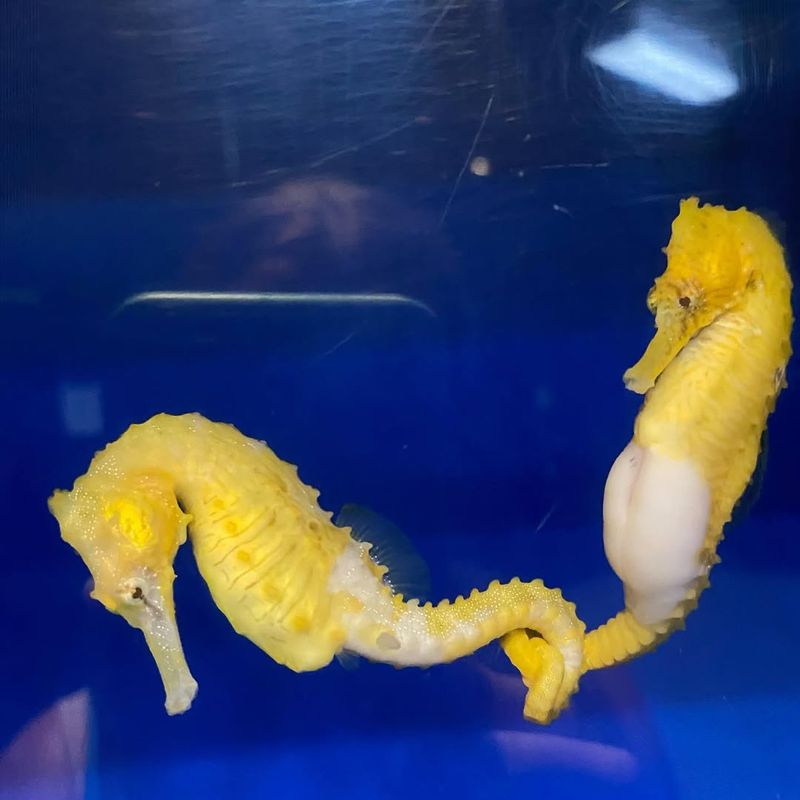
In the unique world of seahorses, females play a critical role in reproduction. Female seahorses transfer eggs to males, who then carry them to term in their pouches.
This reproductive strategy highlights female influence in choosing mates and ensuring offspring viability. The matriarchal nature of seahorses is apparent in their reproductive roles, showcasing the females’ impact on the continuation of their lineage.

